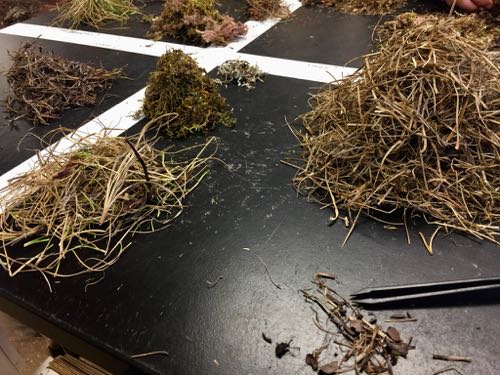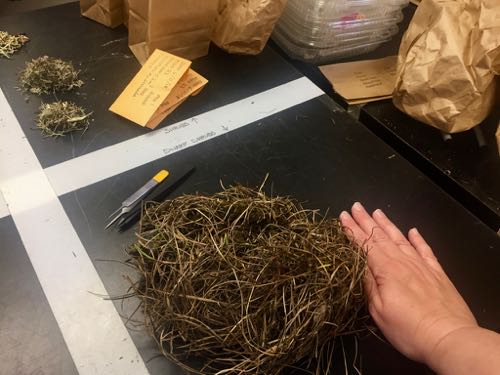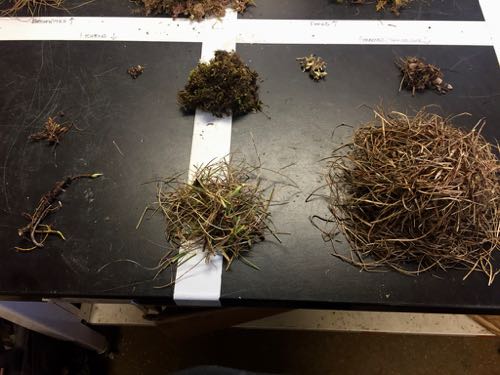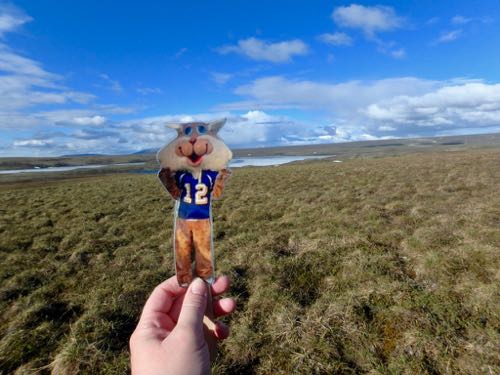How Nutritious Is the TundraA treeless area between the icecap and the tree line of arctic regions, having a permanently frozen subsoil and supporting low-growing vegetation such as lichens, mosses, and stunted shrubs.?
Today I got to spend the day working with the South Dakota State University team, Jess, Heidi, and Monica. They go out three times in a season and collect plants, mosses, shrubs, and lichens that are available to caribou for forage. They cover a large area of the North Slope from Deadhorse to the boreal forests south on the Dalton Highway. Once collected, bagged, and catalogued, the samples are brought back to be sorted. This is what I was able to help with today.



Eventually these samples are dried and tested for nutrients to determine what the most nutritious food is available to caribou at that time of year. The plots are then mapped to show when and where the most nutrition is available to caribou. Other researchers can use this information for their own research. For example, it could be used to see if the caribou migration patterns are following the nutrition.
Adventures Of Flat Cat
Flat Cat has been exploring the tussocks surrounding Toolik.



Comments